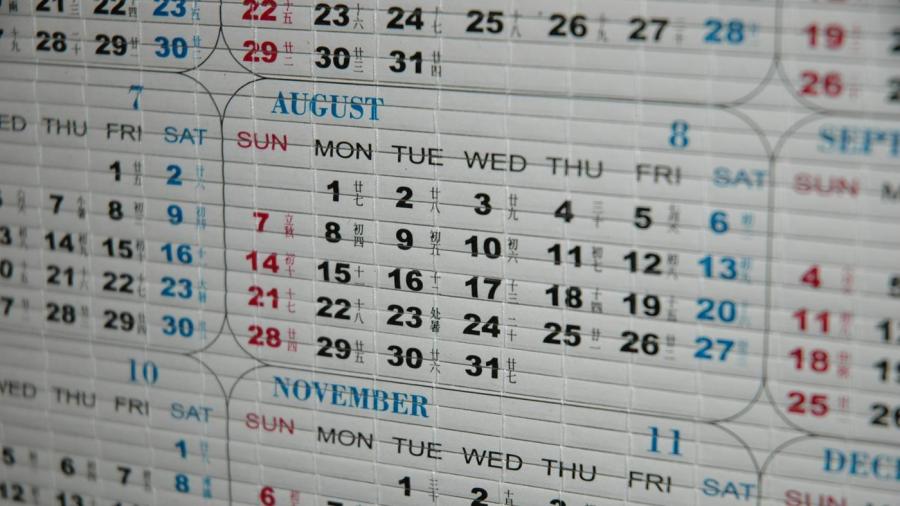How Is the Julian Calendar Different Than the Gregorian Calendar?

Differences between the Julian and Gregorian calendars include the date for the start of the new year, different approaches to leap years and different amounts of discrepancy with the solar year. The Gregorian calendar came about, in part, to help the Church more accurately determine the date of Easter.
The date for the start of the Julian new year was originally Jan. 1, but other competing dates eventually replaced it. On the other hand, followers of the Gregorian calendar did not always start the new year on Jan. 1, but eventually this day took its place as the official start of the Gregorian new year.
Like the old Julian calendar, the Gregorian calendar added a leap year to years divisible by four. Unlike the Julian calendar, the Gregorian calendar does not add a leap year to years divisible by 100, unless such years are also divisible by 400. This and other factors have caused the discrepancy between the Gregorian calendar and true solar year to be only 26 seconds, rather than the 11 minute discrepancy that existed between the Julian calendar and the solar year. To bring the calendar into better alignment with the solar year, the Gregorian calendar erased 10 days.





